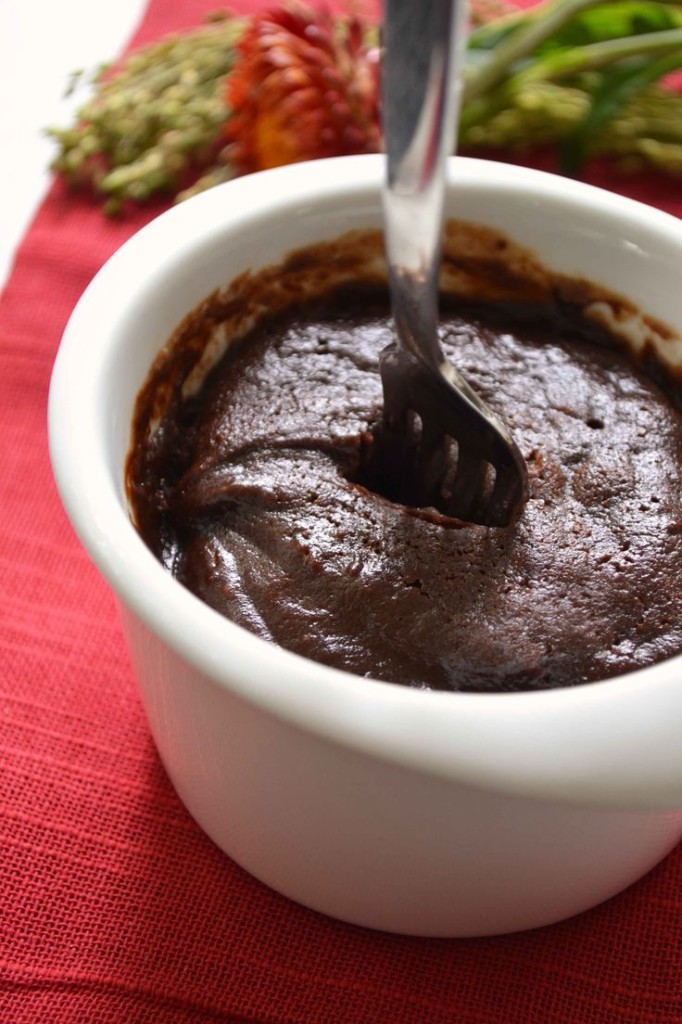In my list of Top 100 Hairy Chestnuts I Get Confronted With When I Talk About Cooking, “But aren’t microwaves bad?” comes in at about #25. I’m a fan of getting more people cooking, first and foremost. For some this involves using a microwave. Thus, my short answer to the above question is: If it gets you cooking with real food, go ahead, use a microwave. Indeed, I use a microwave from time to time. We have one at the office for heating our lunch, for instance. The longer answer, however, follows here…

Microwaves don’t radiate you
Microwave ovens use radio/microwaves to make the water molecules in food vibrate, which produces friction, which heats the food. It uses a form of non-ionizing radiation (it can’t directly break up atoms or molecules). This means it can’t damage your DNA like, say, X-rays do.
But they do emit EMFs
Building biologist Nicole Bijlsma says: Microwaves do emit EMFs three types of electromagnetic fields: electric field (minimal), magnetic field (can be high from the digital clock and also where the transformer is located) and radio/microwaves. The electric and magnetic field (from the digital clock) will be present even when the microwave oven is not heating. The magnetic field will increase when the microwave oven is in use and will drop off to background levels within one metre. The World Health Organisation has classified radio/microwaves and magnetic fields in 2011 and 2002 respectively as “possibly carcinogenic to humans”. However, unlike the pulsing nature of the radio/microwaves used in the telecommunications industry (mobile phones and Wi-Fi), the microwave oven uses continuous wave fields so the biological effects are not likely to be as bad.
Do microwaves kill nutrients?
Any cooking will change the nutrients in food in some way. Low and slow cooking preserves the most nutrients, as I’ve shared before. The faster you cook (or heat) your food, the more nutrients and enzymes you destroy.
A study published in The Journal of the Science of Food and Agriculture found that the amount of nutrients lost depends on the duration and way in which the food is cooked – steaming broccoli in the microwave for 90 seconds is better than zapping it for 4-5 minutes.
Research from the University of Oslo found that microwaving carrots, spinach, mushrooms, asparagus, cabbage, green and red capsicums and tomatoes led to an increase in the antioxidant content of the foods (in that the antioxidants become more available for absorption).